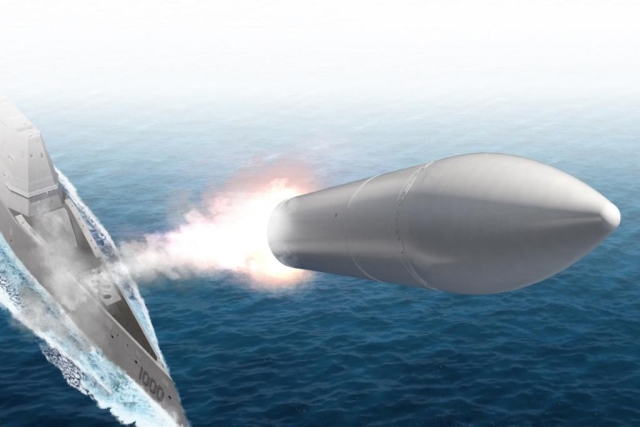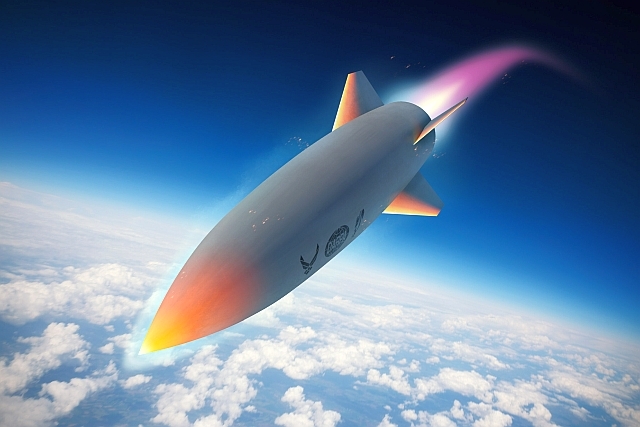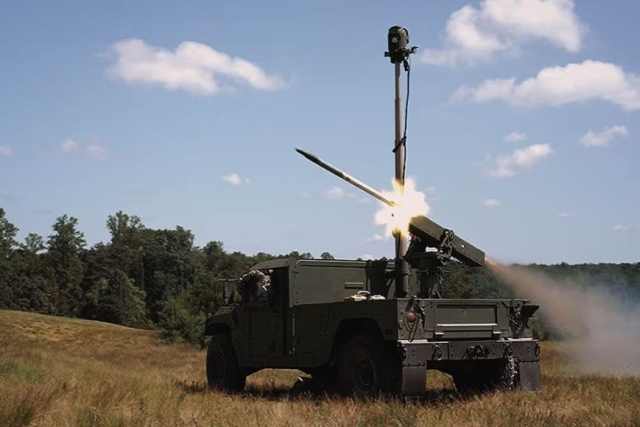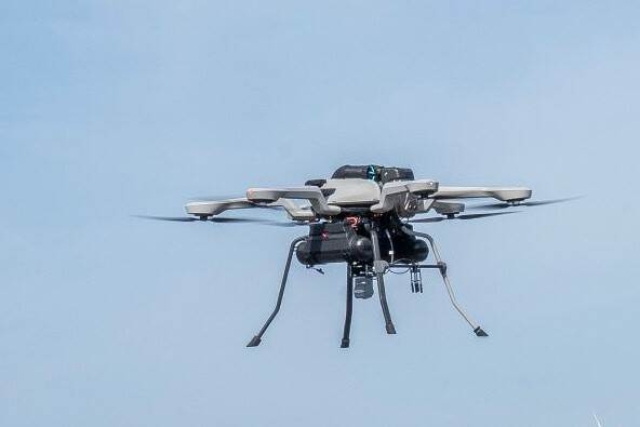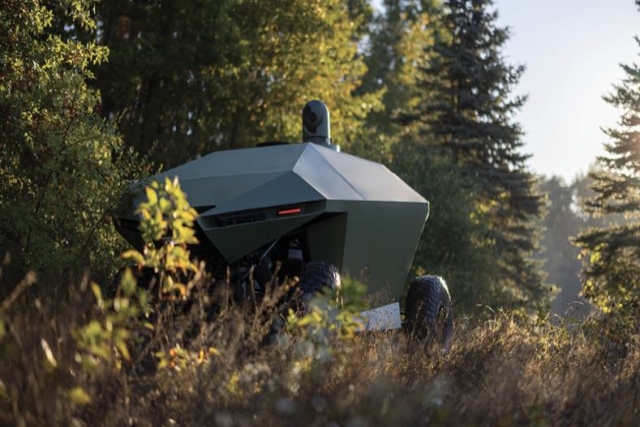Raytheon, Northrop Win DARPA Contract for Additional Hypersonic Weapon Advancements
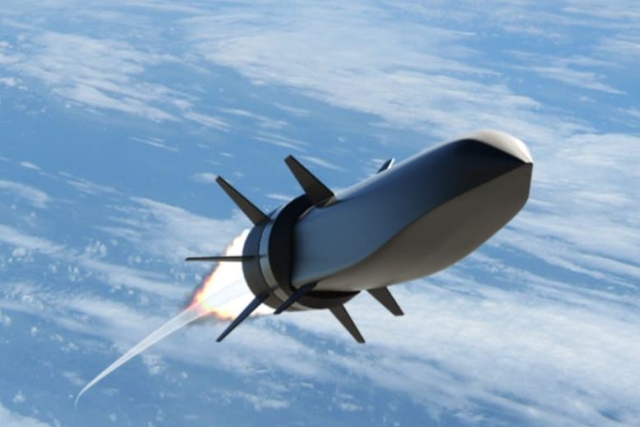
Raytheon and Northrop Grumman have won a follow-on contract from the Defense Advanced Research Projects Agency (DARPA) to reduce risk for future air breathing hypersonic systems.
Under the agreement, the Raytheon-led team will build and fly additional Hypersonic Air-breathing Weapon Concept (HAWC) flight vehicles.
The team will continue to apply data and lessons learned from earlier stages of the program to mature the operationally relevant weapon concept design. Mainly, the effort focuses on incorporating manufacturing improvements into the existing HAWC design and flight tests to expand its operating envelope while validating system performance models. The airframe and engine designs are closely aligned to the U.S. Air Force's Hypersonic Attack Cruise Missile (HACM) which will directly benefit from the continued advancements.
"The HAWC follow-on contract serves as an engine pathfinder program in our new production-ready Hypersonics Capability Center in Elkton, Maryland," said Dan Olson, general manager and vice president, weapons systems, Northrop Grumman. "Our factory of the future will seamlessly transition our validated propulsion system design into an operationally ready system to support further flight testing."
Raytheon and Northrop Grumman have been partners since 2013 and signed a teaming agreement in 2019 to develop, produce and integrate Northrop Grumman's scramjet engines onto Raytheon's air-breathing hypersonic weapons.
In September 2022, the team was selected to develop Hypersonic Attack Cruise Missile (HACM), a first-of-its-kind weapon. The HACM is an air-breathing, scramjet powered munition.
Scramjet engines use high vehicle speed to forcibly compress incoming air before combustion, which enables sustained flight at hypersonic speeds – Mach 5 or greater.
Additionally, the team has successfully completed multiple HAWC operational prototype system flight tests. In an August 2022 test, the HAWC was dropped from an airplane and shot past Mach 5.


